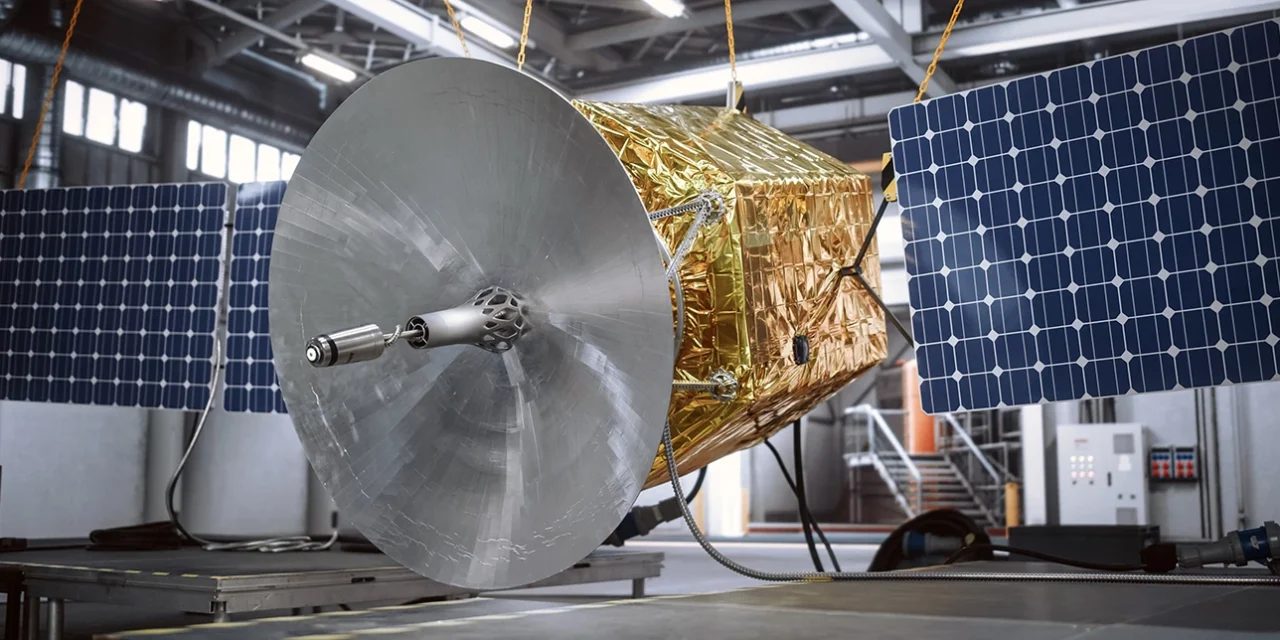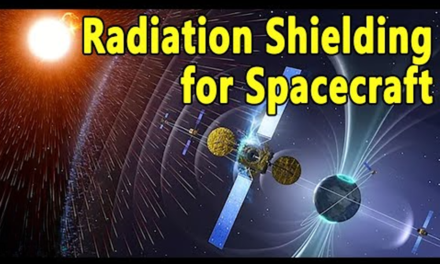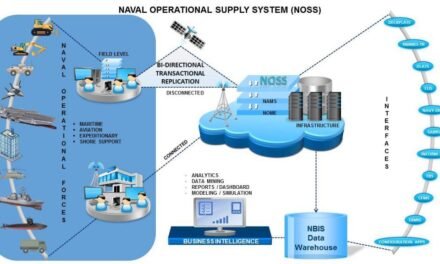Aerospace engineers address radiation shielding in spacecraft design to protect sensitive electronics, scientific instruments, and, in human missions, the health of astronauts from harmful space radiation. The goal is to minimize exposure to ionizing radiation, which can cause serious damage over time. Here’s how radiation shielding is achieved in spacecraft design:
1. Understanding Space Radiation
Space radiation comes primarily from:
- Solar Particle Events (SPEs):
- High-energy protons and other particles emitted during solar flares and coronal mass ejections.
- Galactic Cosmic Rays (GCRs):
- High-energy particles originating outside the solar system, including protons, alpha particles, and heavier ions.
- Van Allen Radiation Belts:
- Zones of trapped charged particles around Earth that pose risks for missions in low orbits or during transits.
2. Radiation Shielding Techniques
Shielding strategies are tailored based on mission objectives, spacecraft location, and exposure duration:
Passive Shielding
- Material-Based Protection:
- Uses physical barriers made of dense or hydrogen-rich materials to absorb or deflect radiation.
- Materials Used:
- Aluminum:
- Common in spacecraft structures for its lightweight and moderate shielding capability.
- Polyethylene:
- Hydrogen-rich and effective against GCRs.
- Lightweight compared to metals, often used in multi-layer configurations.
- Water:
- Hydrogen-rich and highly effective at blocking neutrons and GCRs.
- Dual-purpose as shielding and a consumable resource for life support.
- Tungsten/Lead:
- Dense materials effective against gamma rays but heavy, so used selectively.
- Advanced Composites:
- Boron-containing materials can absorb neutrons effectively.
- Aluminum:
- Multi-Layer Shielding:
- Combines materials with complementary properties to enhance effectiveness while minimizing mass.
Active Shielding
- Electromagnetic Fields:
- Simulates a magnetic field to deflect charged particles, similar to Earth’s magnetosphere.
- Challenges:
- High energy requirements and technical complexity limit its current application.
- Electrostatic Fields:
- Repels charged particles with electric fields, though this remains largely experimental.
3. Strategies for Crew Protection
In human spaceflight, protecting astronauts from radiation is critical:
Habitat Design
- Dedicated Radiation Shelters:
- Incorporating “storm shelters” in spacecraft or habitats with enhanced shielding for protection during SPEs.
- Example: NASA’s Orion spacecraft includes a compact shelter fortified with polyethylene and water storage.
- Strategic Placement:
- Positioning crew quarters and critical areas where natural shielding from fuel tanks or supplies is greatest.
Mission Planning
- Timing and Trajectory:
- Planning missions to avoid periods of intense solar activity, such as solar maximum.
- Optimizing trajectories to minimize time spent in high-radiation zones like the Van Allen belts.
4. Protecting Electronics and Instruments
Radiation can damage or disrupt electronics, so engineers use:
- Radiation-Hardened Components:
- Electronics designed to withstand higher radiation levels, often using materials like silicon carbide.
- Redundant Systems:
- Multiple backups ensure functionality in case of failure due to radiation.
- Shielded Enclosures:
- Critical components are housed within radiation-shielded compartments made of aluminum or other protective materials.
- Error Correction Protocols:
- Software-level measures, such as error-correcting codes (ECC), to mitigate transient errors caused by radiation.
5. Radiation Monitoring Systems
- Dosimeters:
- Devices measure the radiation dose astronauts or sensitive equipment receive.
- Example: NASA’s Radiation Assessment Detector (RAD) onboard the Curiosity rover monitored radiation on its journey to Mars.
- Real-Time Alerts:
- Instruments onboard spacecraft can detect incoming SPEs, triggering protective measures.
6. Testing and Validation
Engineers rigorously test materials and designs to ensure radiation shielding meets mission requirements:
- Simulation and Modeling:
- Computer models simulate radiation exposure and optimize shielding configurations.
- Tools like NASA’s OMBRA or ESA’s GEANT4 are used for predictive modeling.
- Ground Testing:
- Materials and electronics are tested in particle accelerators to simulate space radiation.
- Space-Based Validation:
- New shielding technologies are tested aboard spacecraft like the ISS before deployment in long-term missions.
7. Special Considerations for Deep-Space Missions
Lunar and Martian Missions
- Limited magnetic shielding outside Earth’s magnetosphere necessitates robust passive shielding for habitats and transit vehicles.
- Example:
- NASA’s Artemis missions plan to use water-based shielding and optimized habitat designs for protection on the Moon.
Long-Duration Interplanetary Travel
- Exposure to GCRs becomes a significant concern due to extended mission durations.
- Strategies:
- Incorporating lightweight, hydrogen-rich materials like polyethylene.
- Developing multifunctional shielding solutions, such as water-filled walls.
Innovative Technologies
- Advanced Materials:
- Research into nanocomposites, metal foams, and boron nitride nanotubes to improve shielding efficiency.
- Active Shielding Research:
- Concepts like magnetic or plasma-based shielding are being explored for future deep-space missions.
8. Challenges in Radiation Shielding
- Mass Constraints:
- Adding shielding increases spacecraft mass, impacting launch costs and fuel requirements.
- Cost and Complexity:
- Advanced materials and testing add to mission expenses.
- Unpredictable Events:
- Sudden solar flares or extreme SPEs pose a significant threat, requiring robust contingency planning.
Conclusion
Radiation shielding is a fundamental aspect of spacecraft design, ensuring the safety and functionality of both human and robotic missions. Aerospace engineers balance material selection, structural design, and innovative technologies to mitigate radiation risks effectively. As missions extend further into deep space, continued advancements in shielding techniques and materials will be critical for the safety and success of space exploration.
Hashtags
#RadiationShielding #SpacecraftRadiationProtection #AerospaceShielding #RadiationSafetyInSpace #ShieldingMaterials #AdvancedMaterials #HighTechShielding #AstronautSafety #SafeSpaceExploration #InnovativeShieldingTech #DeepSpaceRadiationShielding #SustainableSpaceTech #RadiationShieldingChallenges #GlobalSpaceSafety #FutureOfRadiationShielding













